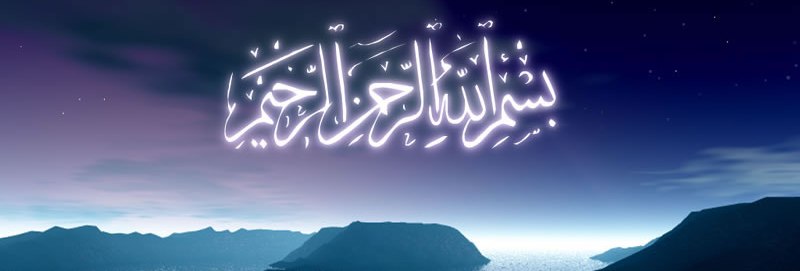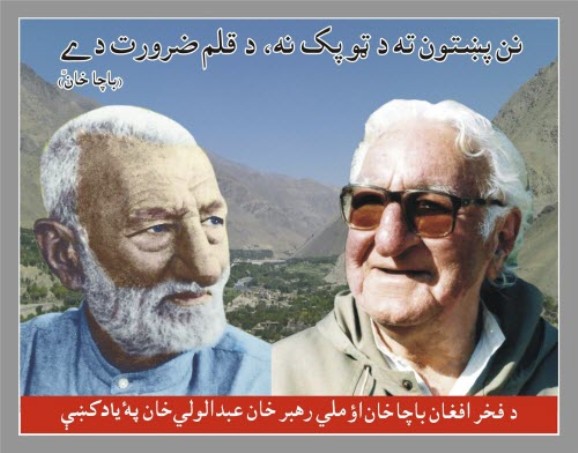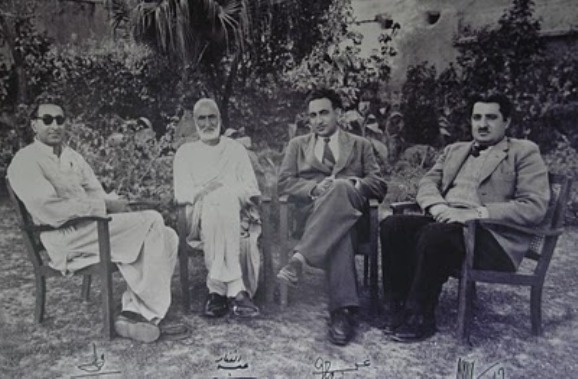
Amir Hamza Shinwari, the legendry poet, scrip writer, dramatist, and a saint, is
commonly known as 'Baba-e-Ghazal' (the father of Pakhto Ghazal).
Hamza Baba himself testified the fact in a couplet, that:
The crimson of color in your cheeks,
Is the color of the blood of Hamza.
You came of age, Pashto Ghazal,
But turned me into an old Baba
Hamza Baba, son of the rugged mountains of the Khyber agency, born in
Lwargi, a village in the north-west of Landi Kotal, in the house of Malik Baz
Mir Khan, Chief of the Ashraf Khel, a clan of Shinwari Pakhtoon tribe, in
December 1907. At of the age of six, he was admitted to school in Lwargi; from
there, when he was eight, he came to Peshawar and continued his studies at
Islamia Collegiate Peshawar. But he gave up his studies, when he was in 9th class,
and retired to his village. And get married, soon after, according to the Shinwari
tradition of early marriage.
Hamza Baba, later on, joined the British India Political Department as Passport Officer, later he worked as T.T. Officer in the All-India Railways. Forced by his restless nature, he quit the job, and devoted his energies to polish and gloss over the inborn artist. He went to the cosmopolitan city of Bombay-the Hollywood of Subcontinent. There he performed as a dacoit in a silent film 'Falcon': but unsatisfied with, he returned to his homeland. And devoted his life to mysticism, under the patronage and guidance of his murshid (god father), Sheikh Abdul Satar Chesthi, known as 'Bacha Khan'. Inspired by the wonderland of Sufism, which he called the 'haratabad, and a desire to achieve the unattainable. He carved a niche in the awesome of temple mysticism, and lived there for good in the monastery of his soul.
Hamza Shinwari started his career as a poet, when he was in 5th class. According to Hamza Baba, "my poetic nature persuaded me, and I started poetry in Urdu." The first ever poetry of his life was in Urdu. But on the advice of his patron, Sheikh Abdul Satar, he started poetry in his mother tongue, and devoted himself to the service Pashto. A couplet of his depicts Hamza Baba's attactchmetn and gratitude for Pakhto. Accordingly:
The enemy brands it as a language of hell,
To heaven I will go with Pashto.
Hamza Baba stands at the juncture of the medieval and modern Pashto poetry, and can undoubtedly be called the renaissance of the Pashto poetry. He lifted Pashto lyric to its zenith. This is why Hamza Baba stands at an enviable stature among all poets, and a pillar of the Pashto literature. Particularly, Pakhto Ghazal is remarkable: for its construction, expression, style, imagery, and even its diction. Testifying to this, he was crowned and jeweled with the epitaph of 'Baba-e-Ghazal' (the father of Ghazal) in a mushaera, which organized by 'Bazm-e-Adab' (Pakhto Literary Society) under the patronage of Pir Abdul Satar, in 1940.
Hamza Baba was a dramatist and prose writer of his class. He wrote more or less 400 dramas. According to Hamza Shinwari, Hamza Baba has written 200 plays, during his life long association with the All-India Radio that was established in 1935. Some of his well-known plays are: Zamindar (the farmer), Ahmad Shah Abdali, Akhtar Mo Mubarak Shah (Eid Greetings), Dwa Bakhilan (two Misers), Fateh Khan Rabia, Guman Da Eman Zyan de (doubt undermines faith), Khan Bahadur Sahib, Khushal Khan Khattak, Khisto, Matali Shair (the poet of proverbs), Maimoona, Muqabilla (competition), Qurbani (Sacrifice), Spinsare Paighla (the spinster), Da Damano Khar (city of the Professional singers), Da Chursiyano Badshah (king of the Hashish smokers), and Jrandagarhe (the miller). But these are just names and no more, as most of these manuscripts, for he handed over to the Radio in original text, were lost or misplaced. He has written the scripts, songs and dialogues of three mega-hit classical, namely: Laiala Majnoon, Paighla (the virgin) and Allaqa Ghair (the tribal area) both in 1960s.
Hamza Baba has authored so many books of varied subjects: some about philosophy of human life and mysticism, other about love and romanticism, or ethics and social values. Starting with short stories and essays, to some estimates, he has 30 books to his name, including ten books in Urdu. These include: Tazkira-e-Sittaria, Tajjaliate Mohammadia (the refulgence of Mohammad), Jabar Wa Ikhtiaar (Free will & Predetermination), Nawe Chape (new waves), Tashheer da Kaiynat (conquest of the universe), Wajud Wa Sujud (the essence of the apparent), Anna aur Ilm (ego and knowledge) in Urdu and its Pashto version, Insany anna au poha (human ego and knowledge), Zhwand (life) in Pashto and Zindagee in Urdu, and Da Weeno jam (cup of blood). He has written travelogue of his journey to Afghanistan and Mecca. He has translated Rehman Baba's Dewan (collection poetry) into Urdu, and two major works-Armaghan-e-Hijaz and Javed Nama--of 'Shair-e-Mashreq' (Poet of the East), Dr. Allama Mohammad, into Pashto, in 1964 and 1967, respectively.
Hamza Baba remained the incubator and nucleus of the institutions and circles framed for the promotion and uplift of the both Pashto and Urdu, during his life time. For instance he was one of the few who has established the first ever Pashto literary society 'Bazm-e-Adab' that came into being in 1937. He acted as vice president, and remained president until 1950 when it was finally evolved into 'Olasi Adabi Jirga' (National Literary Society). He was nominated vice president of Dairay-e-Adabiya (Urdu Literary Circle).
Hamza Baba suffered, for long, from kidney illness, which he operated at Hyderabad, in 1986, but to no effect and his traveled to the master on February 18, 1994. He was laid to rest in his ancestral graveyard of Ashraf Khel at Lwargi. After two and a half year, his mortal remains were exhumed and reburied at Darwazgai graveyard.
Owing to his services, he was awarded for his epoch making services the Presidential Pride Award by ZIa-ul-Haq in his life time, while the present government is presenting a tribute to him by constructing the Amir Hamza Khan Shinwari Complex at the site of his grave at Darwazgai, Landi Kotal, in the Khyber Agency. Marking the eight death anniversary a ground breaking ceremony of the Rs 3.2 billion project took place at the site his graveyard. The complex is consisting of mazar (coliseum), library, and auditorium.
Hamza Shinwari Baba was, undoubtedly, a flowering spring of extraordinary genius, and has become an icon of universal admiration beyond the barriers of cast, language, color, or creed. Dr. Qabel Khan comments that Hamza Baba "is a virtual stream of friends of friends, disciples, admirers, and well-wishers….Hardly there was any day in his life he was not visited by his admirers and readers…his knowledge of Pashto is simply encyclopedic."







 5:41 AM
5:41 AM
 Muhammad Zai Khan
Muhammad Zai Khan





































 faridone khan painting made by ghani khan
faridone khan painting made by ghani khan painting made by ghani khan
painting made by ghani khan bacha khan with ghandi
bacha khan with ghandi ghani khan room
ghani khan room ghani grandson
ghani grandson
 Abdur Rahman Baba popularly known as Rahman Baba (1064-1123A.H/1653-1711 AD) was born to Abdus Sttar at Bahadur Killi, Hazar Khawani, Peshawar.
Abdur Rahman Baba popularly known as Rahman Baba (1064-1123A.H/1653-1711 AD) was born to Abdus Sttar at Bahadur Killi, Hazar Khawani, Peshawar.








